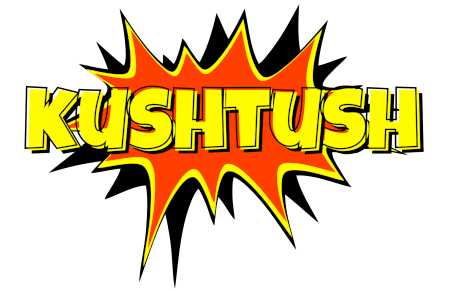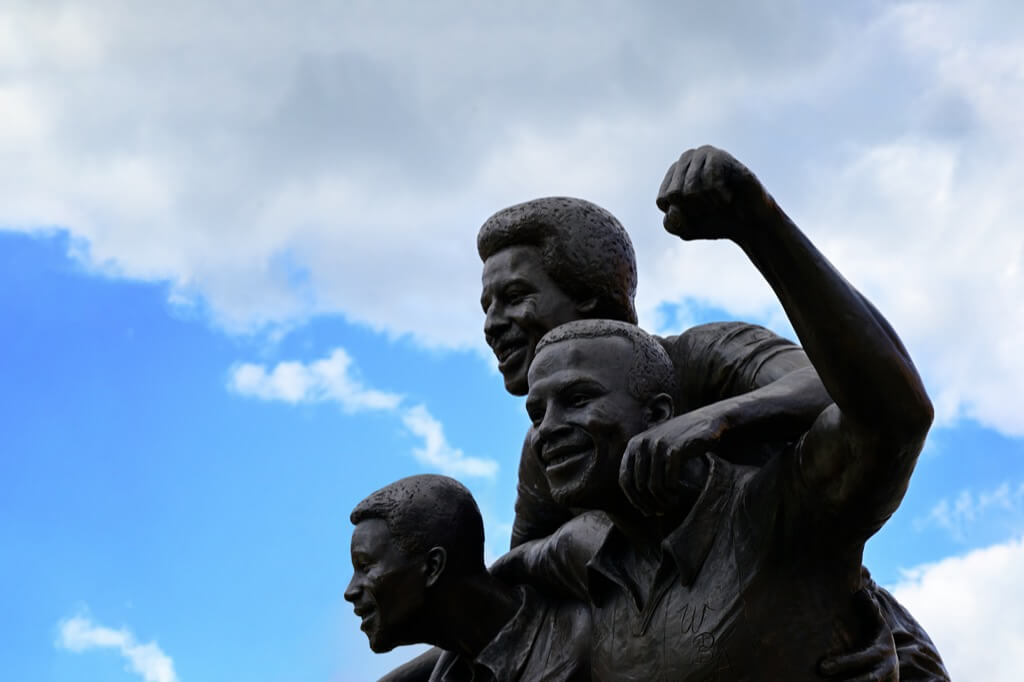The life and death of Ernesto “Che” Guevara, the Marxist revolutionary, remains a poignant chapter in 20th-century history. Guevara, known for his significant role in the Cuban Revolution, met a fatal end on October 9, 1967, executed by the Bolivian army. His journey from a medical student in Argentina to a key figure in the Cuban Revolution encapsulates a tumultuous era of global politics.
Born in Rosario, Argentina, on June 14, 1928, Guevara’s early life was marked by his medical studies in Buenos Aires and extensive travels across South America. These travels exposed him to profound social injustices, shaping his revolutionary ideology. His encounter with Fidel and Raul Castro in Mexico City would eventually lead them to Cuba, aiming to overthrow the Batista regime, infamously described by President John F. Kennedy as a symbol of repressive dictatorship in Latin America.
Role in the Cuban Revolution
Guevara’s ascent as a revolutionary leader was rapid. By 1959, alongside the Castro brothers, he became a central figure in the Cuban Revolution. His initial assignment at La Cabaña prison involved overseeing executions, a role that drew considerable controversy and criticism. Human rights activist Armando Valladares notably described Guevara as a man “full of hatred,” responsible for numerous executions without trial.
Following the revolution’s success, Guevara took on significant roles, including Finance Minister and President of the Cuban national bank. Despite his popularity and dedication, his lack of business experience contributed to Cuba’s economic struggles. Additionally, Guevara’s open criticism of the Soviet Union, particularly after the 1962 Missile Crisis, highlighted a growing rift in global socialist movements.
Guevara’s fame extended beyond Cuba, but in 1965, he suddenly disappeared from the public eye. Fidel Castro later revealed that Guevara had resigned to continue his fight against imperialism elsewhere. His journey took him from the African Congo to Bolivia, where, under increasing pressure from a U.S.-trained Bolivian battalion, his guerrilla group was eventually cornered. Guevara’s diary entries from July 1967 reflect the grim reality of his situation, culminating in his capture and execution in October of that year.
Che Guevara’s Execution – Justice or Injustice?
| Justice Served | Gross Injustice |
|---|---|
| 1. You might see Guevara’s execution as a necessary act in the fight against revolutionary insurgency. | 1. You may view Guevara’s execution as a violation of legal and human rights, lacking due process. |
| 2. You could argue that it prevented further violence and instability in Bolivia. | 2. You might believe it symbolizes extrajudicial killings and sets a dangerous precedent. |
| 3. You may consider it a rightful response to Guevara’s own violent actions during the Cuban Revolution. | 3. You might see it as a political assassination, influenced by foreign powers, notably the CIA. |
| 4. You could perceive it as an act of national security by the Bolivian government. | 4. You may view it as an act of cowardice, denying Guevara a platform to express his ideals. |
| 5. You might justify it as a necessary evil in the context of Cold War politics. | 5. You could argue it further martyred Guevara, solidifying his iconic status among revolutionaries. |
The Impact of Guevara’s Ideology
| Positive Influence | Negative Consequences |
|---|---|
| 1. You may admire Guevara’s commitment to social justice and equality, inspiring positive social change. | 1. You could criticize his methods as promoting violent revolution and authoritarianism. |
| 2. You might see his actions as a fight against imperialism and oppression. | 2. You may view his ideology as unrealistic and responsible for economic mismanagement. |
| 3. You could regard him as a symbol of hope for the oppressed and marginalized. | 3. You might believe his actions led to unnecessary conflict and suffering. |
| 4. You may appreciate his influence on healthcare reforms and literacy campaigns in Cuba. | 4. You could argue that his influence fueled divisive politics and hindered peaceful progress. |
| 5. You might value his role in challenging global power structures and advocating for the poor. | 5. You may see his legacy as contributing to a dangerous cult of personality and romanticizing violence. |
Guevara’s Image and Legacy
| Icon of Rebellion | Misunderstood Figure |
|---|---|
| 1. You might view Guevara’s iconic image as a powerful symbol of resistance against injustice. | 1. You could believe that the commercialization of his image trivializes his complex legacy. |
| 2. You may appreciate his enduring influence on global activism and leftist movements. | 2. You might see the widespread use of his image as a misrepresentation of his true ideologies. |
| 3. You could consider his figure as an inspirational beacon for those challenging oppressive systems. | 3. You may think his portrayal in popular culture overshadows the more controversial aspects of his life. |
| 4. You may see his face as a unifying emblem for various social and political causes. | 4. You could argue that his image is often appropriated by those unaware of the historical context. |
| 5. You might celebrate him as a martyr who sacrificed his life for his beliefs. | 5. You may view the idolization of his image as overshadowing the need for nuanced historical understanding. |
Influence on Subsequent Movements
| Galvanizing Force | Misguided Inspiration |
|---|---|
| 1. You might see Guevara’s legacy as a catalyst for liberation movements worldwide. | 1. You could view his influence as leading to misguided and often violent uprisings. |
| 2. You may appreciate his role in inspiring people to challenge colonial and imperialist forces. | 2. You might believe his model of revolution was not universally applicable and often failed. |
| 3. You could regard him as a figure who brought attention to the plight of the underprivileged. | 3. You may see his tactics as promoting a dangerous precedent for political change. |
| 4. You may value his influence in fostering a spirit of international solidarity among revolutionaries. | 4. You could argue that his legacy sometimes overshadows local histories and struggles. |
| 5. You might recognize his contribution to raising global awareness of social inequalities. | 5. You may view his influence as contributing to the romanticization of armed struggle. |
Guevara as a Hero or Villain
| Revolutionary Hero | Controversial Villain |
|---|---|
| 1. You might admire Guevara as a selfless champion of the oppressed and a fearless leader. | 1. You could see him as a figure who resorted to ruthless methods and oppression. |
| 2. You may view him as embodying the highest ideals of equality and social justice. | 2. You might criticize his role in establishing authoritarian practices in Cuba. |
| 3. You could respect his decision to leave a comfortable life for a cause he believed in. | 3. You may regard his methods as contributing to human rights abuses. |
| 4. You may see him as a martyr who paid the ultimate price for his commitment to his ideals. | 4. You could argue that his actions led to economic hardships and societal divisions. |
| 5. You might revere him as an integral part of a movement that sought to challenge global injustices. | 5. You may perceive him as a polarizing figure whose actions had far-reaching negative impacts. |
The culmination of Che Guevara’s journey as a revolutionary figure presents a multifaceted story of passion, ideology, and global influence. His final moments, a mixture of tragedy and inevitability, continue to resonate across various spectrums of political thought and social discourse. Guevara’s influence, transcending his own life, remains a subject of intense debate and reflection, symbolizing the dichotomy between revolutionary ideals and their real-world implications. His enduring image, often romanticized or vilified, challenges us to critically evaluate the roles and impacts of iconic figures in shaping history and contemporary thought.
- Enhancing Trust with Blockchain Identity Verification - January 24, 2024
- How Marijuana Turns You into a Food Lover - December 1, 2023
- Behind the Scenes of the U.S. Nuclear Gun - November 28, 2023

